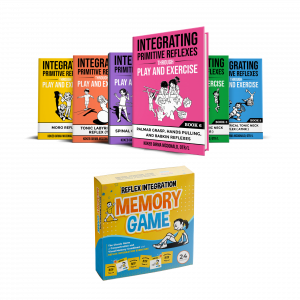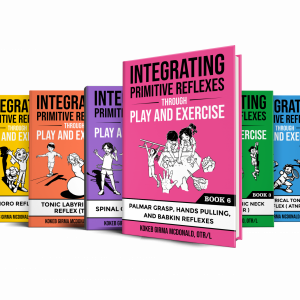…I’m talking about beyond your required anatomy class in college, which for me was quite a while ago 🙂
Of course it’s important and I’m surprised at how few OTs take advantage of a deep understanding of the human body to help assess and treat their clients.
I might use anatomy to help a child improve their handwriting skills, which almost all OTs work on in a school setting. Based on my understanding of anatomy, I can assess the child’s hand and finger movements to identify areas of weakness or difficulty. I would then check grasp strength, dexterity, and overall posture.
Questions I ask: Where are the movements coming from? Which muscles and joints are moving? Is there compensation? Which reflex patterns are present in the body? (Hint: every reflex pattern moves specific muscles and joints and leaves a clue in the body. This is where we feel like detectives 🧐😀). Then, using my anatomy knowledge, I can provide targeted and effective treatment to help the child reach their goals.

How about you?
How do you use anatomy in your daily treatment of clients? Just reply to this email and let me know!
If you’re interested in how and why anatomy is so important on a daily basis for treating pediatric patients, check out the Reflex Integration Through Play certification program, where the second class is all about the anatomy you need to treat clients. Our special launch-month discount is available only until the end of February: get up to 20% off!
Kokeb, OTR/L 💕
Occupational Therapist, Author, Mentor





